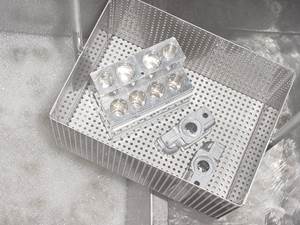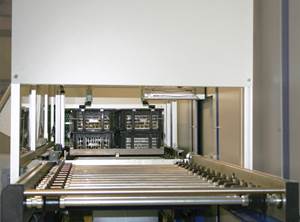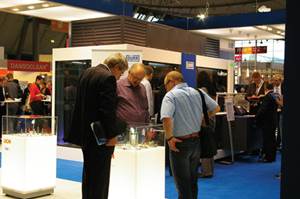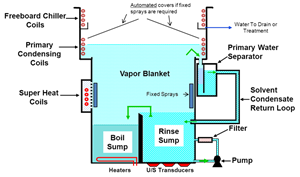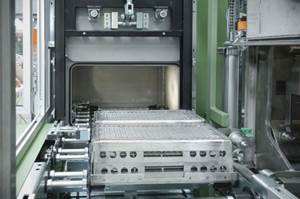Dürr Ecoclean presents the new EcoCCore at IMTS 2014 in Chicago
Solvent-based cleaning in a new dimension: Better cleaning results at reduced costs and reliable processes.
Graymills Celebrates 75 years
Manufactures industrial pumping systems and parts washers thanks its customers for its success.
Solvent Substitution Strategies for Finishers
The cleaning and coatings industrial sectors have been affected by restrictions on ozone-depleting (OD) solvents, hazardous air pollutants (HAPs), smog producing volatile organic carbon (VOC), and solvents with a high global warming potential (GWP).
What to Do After HCFC-225 Phase Out?
The phase-out of the last major ozone-depleting solvent HCFC-225 has begun, which is good for the planet, but tough for companies with complex cleaning requirements.
From Nitric Acid Dip Cleaning To Closed-Loop Solvent Cleaning
Superior Products in Ohio has reduced annual water consumption from two million gallons to zero, dropped daily cleaning labor from 15 hours to one per day, and has achieved better cleaning results.
Parts Cleaning On Display in Germany
Show attracts nearly 5,000 visitors, 260 exhibitors
Who Needs Precision Cleaning?
Development and selection of solvents for precision cleaning.
Ultrasonic Rust Removal
What ultrasonic frequency is best for removing corrosion on stainless steel?
VDA 19 and its Impact on European Manufacturing and Cleaning
The German Association of the Automotive Industry’s VDA Volume 19 is the first comprehensive standardization document for characterizing the cleanliness of products within the automotive industry’s quality chain.
#automotive
Have a Blast Cleaning Parts
The concept of the wet blasting process in parts cleaning and surface finishing is straightforward enough: combine abrasive media with water to form a special slurry, then add regulated compressed air to control the pressure as it is discharged over a surface.





